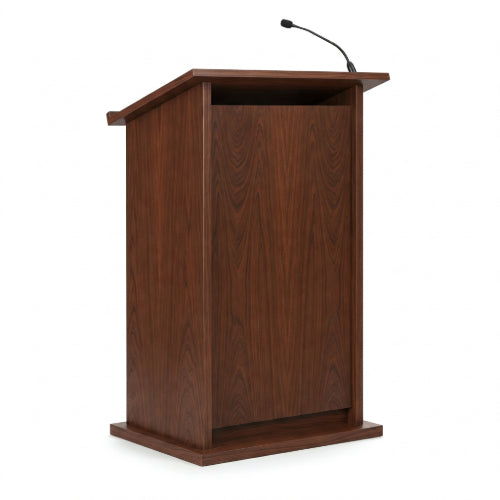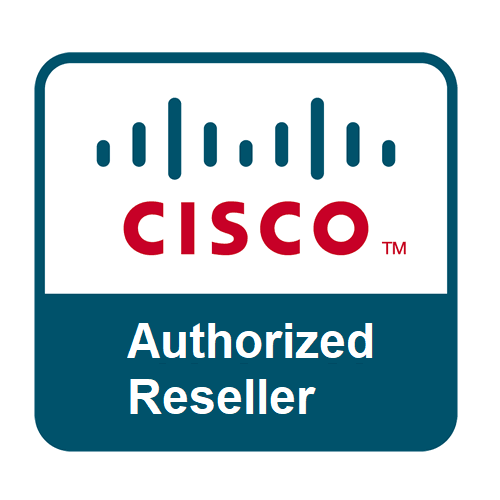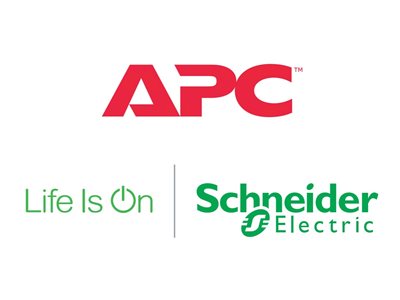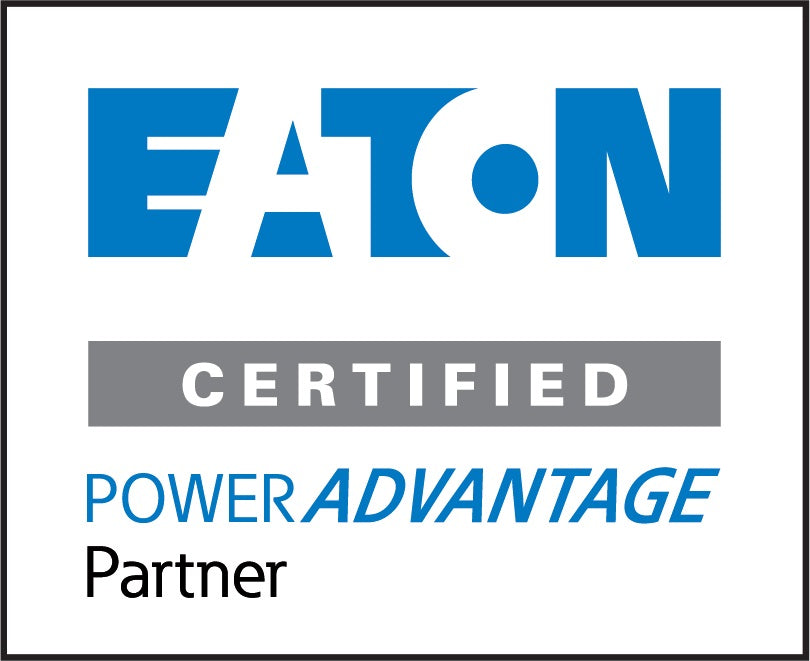Command the Room: Choosing the Right Podium Furniture for Conferences and Meetings
In the world of conferences and meetings, the speaker's platform – the podium – serves as a focal point, a symbol of authority, and a functional piece of furniture that can significantly impact the success of your event. Choosing the right podium is more than just picking something that looks nice; it's about considering functionality, ergonomics, aesthetics, and the overall message you want to convey.
Whether you're outfitting a conference hall, a lecture theater, a corporate boardroom, or even a hybrid meeting space, this guide will walk you through the key considerations to help you select the perfect podium furniture to command the room.
Why the Right Podium Matters:
Before diving into the specifics, let's understand why the choice of podium is important:
- Professionalism and Credibility: A well-chosen podium enhances the speaker's presence and contributes to a professional and credible atmosphere.
- Ergonomic Comfort: A properly designed podium provides a comfortable and stable platform for speakers to present their materials, reducing fatigue and promoting better posture.
- Organization and Functionality: Features like shelves, drawers, and technology integration can help speakers stay organized and access their notes, microphones, and other equipment easily.
- Branding and Aesthetics: The podium can be an extension of your organization's branding and the overall aesthetic of your event space.
- Accessibility: Ensuring the podium is accessible to all speakers, including those with disabilities, is a crucial consideration.
Key Factors to Consider When Choosing a Podium:
To select the ideal podium furniture, consider the following aspects:
1. Intended Use and Audience:
- Type of Event: Will it be used for formal conferences, casual meetings, lectures, presentations, or award ceremonies? The formality of the event can influence the style and features you need.
- Audience Size and Setting: In a large conference hall, a more substantial and visually prominent podium might be necessary. For smaller meetings, a more compact and understated option could be suitable.
- Speaker Needs: Consider what speakers will need during their presentations. Will they require space for notes, laptops, water bottles, microphones, or visual aids?
2. Style and Aesthetics:
- Overall Décor: Choose a podium that complements the existing décor of your venue. Consider the materials, colors, and design style.
- Branding: If the podium will be used frequently for your organization's events, consider a design that aligns with your brand identity. Some manufacturers offer customization options.
- Material: Podiums are available in various materials, including wood (traditional and elegant), metal (modern and durable), acrylic (sleek and contemporary), and laminate (cost-effective and versatile). Each material offers different aesthetic qualities and durability levels.
3. Functionality and Features:
- Surface Area: Ensure the podium offers enough space for speakers to comfortably place their notes, laptops, or other materials.
- Shelves and Storage: Internal shelves or drawers can be invaluable for keeping materials organized and out of sight.
- Technology Integration: Consider podiums with built-in power outlets, microphone jacks, and cable management solutions for seamless integration of audio-visual equipment.
- Lighting: Some podiums feature integrated lighting to illuminate the speaker's notes.
- Mobility: If the podium needs to be moved frequently, look for models with wheels or a lightweight design.
- Height Adjustability: An adjustable height podium ensures comfort for speakers of different statures.
4. Ergonomics and Comfort:
- Height: The podium should be an appropriate height for speakers to present comfortably without straining their neck or back.
- Reading Angle: A slightly angled reading surface can improve visibility and reduce neck strain.
- Stability: The podium should be sturdy and stable to prevent wobbling or tipping during presentations.
5. Accessibility:
- Ramps or Lowered Sections: Ensure the podium is accessible to speakers using wheelchairs or with mobility challenges. Consider models with adjustable height or designated accessible areas.
Types of Podiums to Consider:
- Traditional Lecterns: Often made of wood, these offer a classic and formal look, ideal for lectures and formal presentations.
- Contemporary Podiums: Featuring sleek lines and modern materials like metal and acrylic, these suit more modern venues and events.
- Portable Podiums: Lightweight and foldable, these are ideal for events where the podium needs to be transported and set up easily.
- Multimedia Podiums: Designed with integrated technology features like AV controls, touchscreens, and gooseneck microphones, these are perfect for tech-heavy presentations.
- Tabletop Lecterns: Smaller and designed to be placed on a table, these are suitable for smaller meetings or informal settings.
Making the Right Choice:
Choosing the right podium furniture is an investment in the professionalism and functionality of your conferences and meetings. By carefully considering the intended use, aesthetics, functionality, ergonomics, and accessibility, you can select a podium that not only looks great but also enhances the speaker's ability to command the room and effectively deliver their message. Take the time to assess your needs and explore the diverse options available to find the perfect platform for your events.







